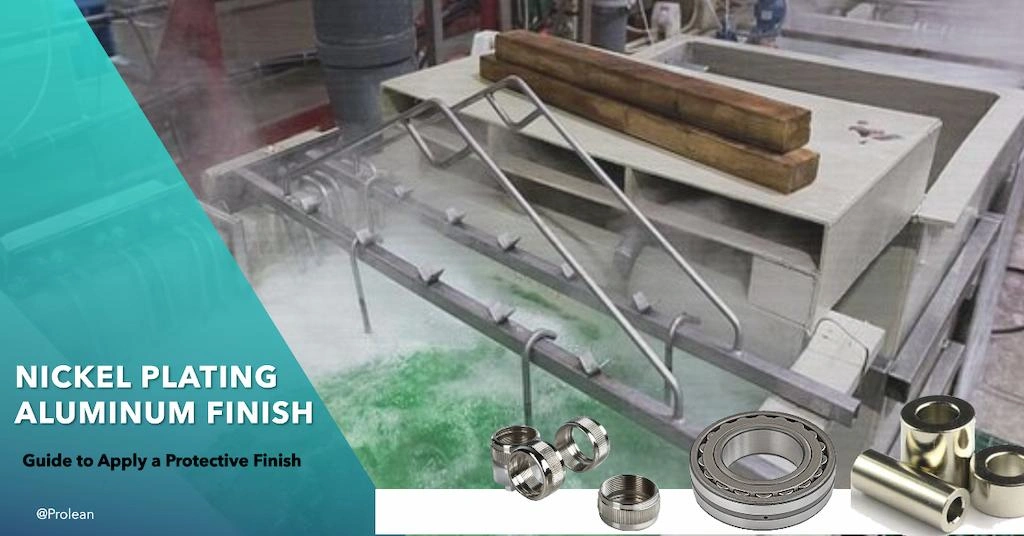
Aluminum is a widely used engineering material, popular due to its lightweight, mechanical strength, thermal conductivity, and cost-effectiveness. However, abrasion and the risk of corrosion formation in harsh environments are the main concerns that can be addressed with the plating of superior metals like Nickel Alloys. Nickel plating aluminum enhances the surface hardness, corrosion resistance, and aesthetic appearance.
Nickel plating is applied on the aluminum surface either with electrochemical reactions or chemical reduction. Both of the methods have distinct implications procedures and results. This article will discuss electroplating and electroless nickel plating aluminum detail.
Let’s start it!
What is nickel plating, and how does it apply to aluminum alloys?
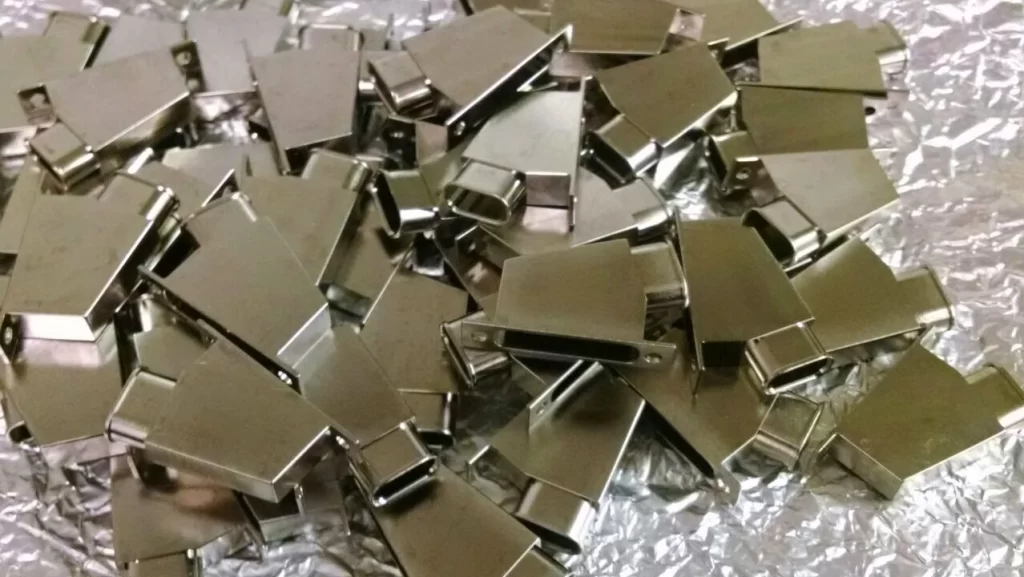
Like every other plating finish, nickel plating aluminum is the process of adding an extra protective layer on different types of substrate materials to achieve better corrosion and abrasion resistance, brightness, and aesthetic colors. The thickness of the plated layer ranges from 0.0001 to 0.020 inches. It also depends on the applied technique and processing parameters.
There are two types of nickel plating processes ;
- Electroless Nickel Plating
- Nickel Electroplating
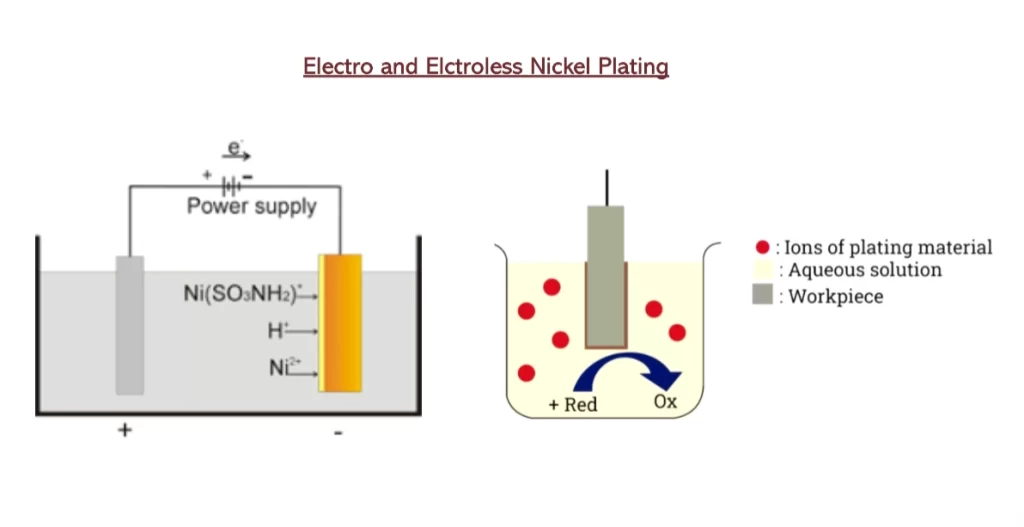
Electro and electroless nickel plating
The major difference is whether plating involves electrolysis to develop a coating layer or not. However, both types of plating offer protection against rust formation and abrasion.
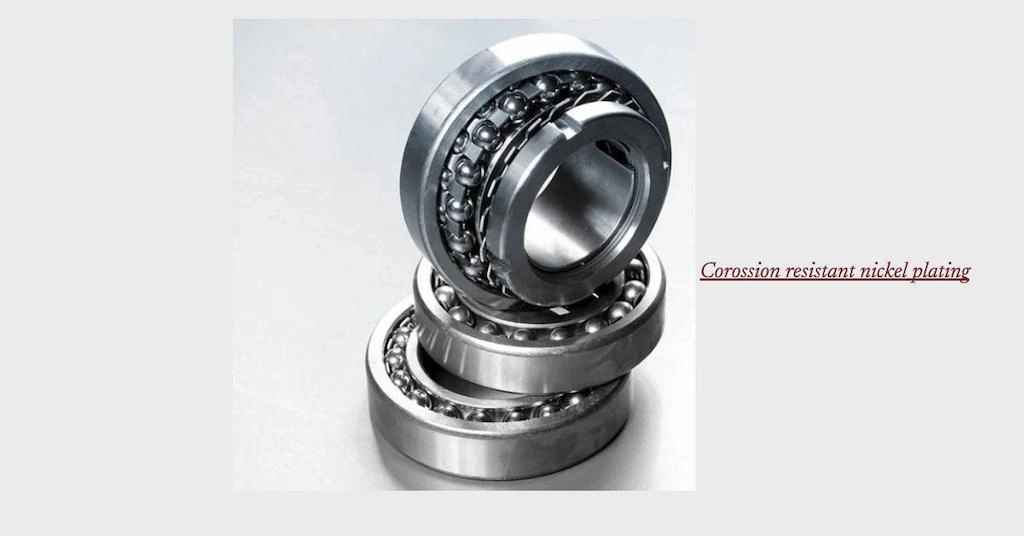
Corrosion-resistant nickel plating
The table below outlines the corrosion resistance of nickel-plating aluminum under different environmental conditions;
| Environment | Corrosion Resistance | Comments |
| Atmospheric Air & Humidity | Excellent | The nickel layer completely protects the underlying aluminum. |
| Reducing Acids | Good | It is suitable in reducing conditions but degrades with oxidizing acids. |
| Oxidizing Acids (e.g., Nitric) | Limited | Ni-Cr or other nickel alloys can be used to sustain a certain acidic level. |
| Alkali Environments | Excellent | Superior resistance, even in molten alkali conditions |
| Marine/Seawater | Good | Especially alloy 400 series shows good resistance |
| High-Temperature | Moderate to excellent | Ni-Cr-Mo and Ni-Cr plating are stable in high temperatures |
Besides plating manufactured aluminium items with nickel, you can directly purchase nickel-plated aluminium sheets for the fabrication processes.
Try Prolean Now!
What is Nickel Electroplating Aluminum?
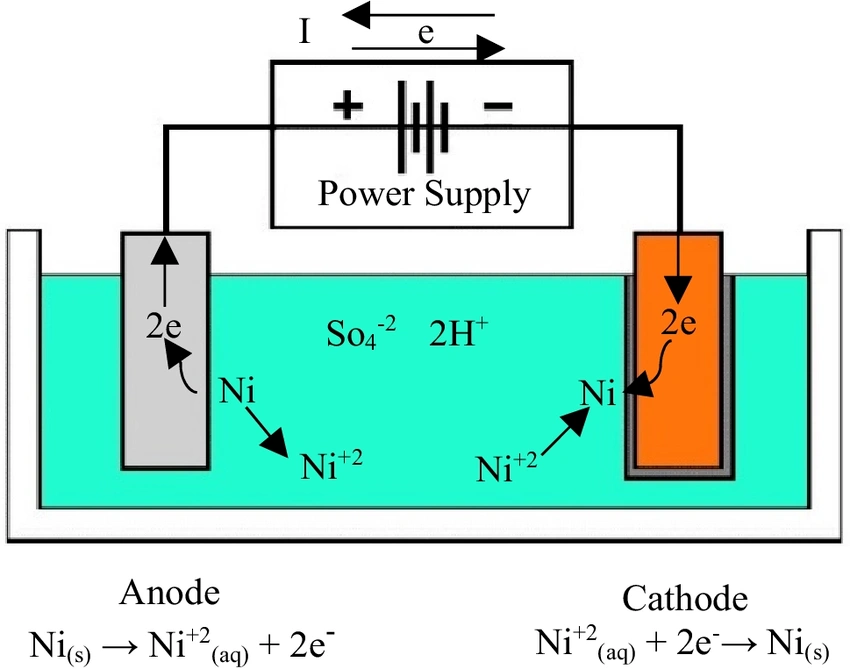
Working of nickel electroplating
Nickel electroplating is the process of electrolytic depositing nickel layers on the substrate surface, including aluminum alloys. An electrolysis setup is used for this with nickel solutions( Nickel chloride, sulfate, etc), nickel as anode, and the cathode holding the work that needs to be plated. As transformers convert AC to DC and pass current through this circuit, nickel ions are oxidized and move toward the aluminum substrate. Here, the deposition thickness depends on the electrolysis time and ion concentrations in the solution.
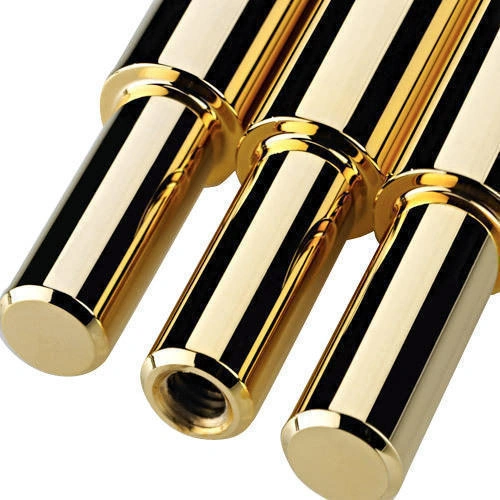
Decorative nickel plating on aluminum
Electroplating nickel on aluminum is preferred for its aesthetic and finishing rather than abrasion resistance. It has a bright yellowish-white appearance. You can find this decorative finish on automotive bumpers, decorative items, jewelry, etc.
How to Electroplate Nickel on Aluminum Surface?
You can follow the steps below to electroplate nickel on aluminum workpieces;
- Clean the Aluminum Substrates
First, a thorough cleaning of the substrate surface is critical to avoid poor adhesion or coating peel-off. So, remove any debris, oils, rust, and irregularities. You can use acidic cleansing to ensure a dust-free surface.
- Electrolysis Setup
Install the electrodes (Nickel and aluminum substrate) in an electrolysis setup with a suitable electrolytic solution. Consider the ions concentration and temperature also.
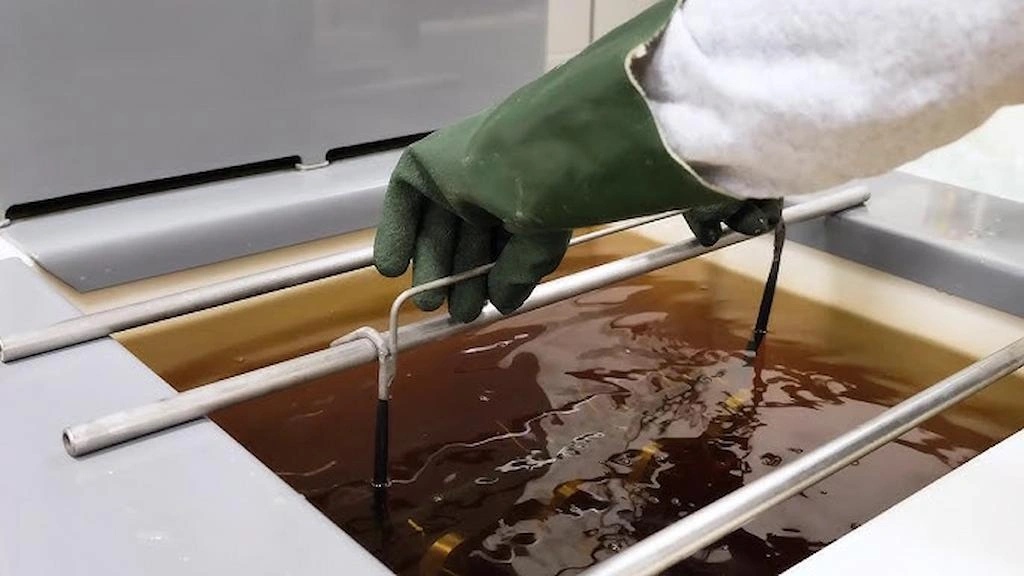
Electrolysis tank for nickel plating
- Anode: Nickel, ‘+ve’ terminal
- Cathode: Hang aluminum parts on the cathode, ‘-ve’ terminal
- Temperature: 40 to 65° C
- Introduce Electric Current
Pass the electric current to the transformer that converts into DC and supply through the electroplating circuit. Electric current oxidizes the nickel (anode) and ions are attracted to aluminum parts due to the negative pole of the cathode. During the continuation of the process, the connected filter system removes the produced slags.
- Eject the Parts and Clean Them
After immersing in an electrolysis bath for a pre-determined time, eject the parts and clean them with pure water. Now, the parts are ready for packing after drying them.
Electroless Nickel Plating on Aluminum
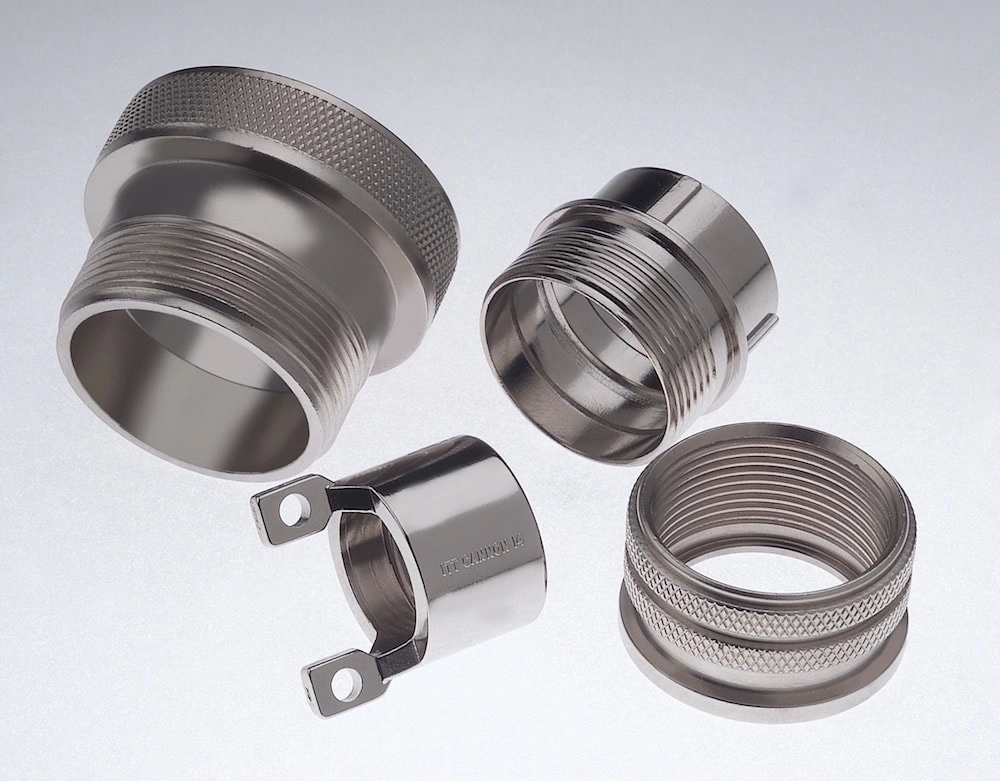
Aluminum with electroless nickel surface
Unlike electroplating, the electroless nickel plating process uses sequential catalytic chemical reactions to deposit the protective coating. Electroless is more abrasion resistance plating than decorative ( thickness up to 0.020”), it can achieve the Rockwell hardness of 65 to 70 Rc.
Typically, four types of baths are used for this; Nickel ions solution, reducing agent, complexing agents, and buffers.
Nickel solutions provide Ni²⁺, reducing agents reduce the nickel ions to metallic ions to deposit on the surface, complexing is for the ions stabilization, and buffers maintain the desired PH range(4.5 to 5).
How to Apply Electroless Nickel on Aluminum?
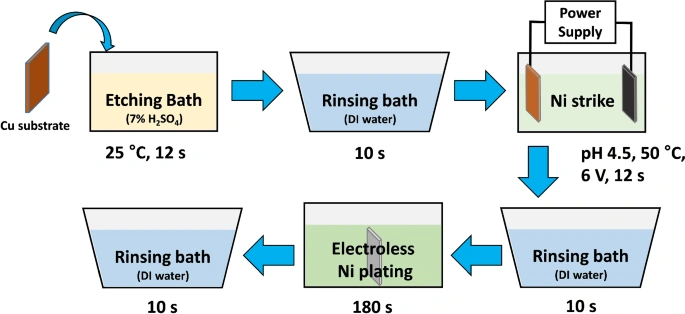
Working of electroless nickel plating
The following are the three main steps of the electroless nickel plating process illustrating how you can apply it to aluminum parts;
Step 1: Pre-treatment
The pre-treatment involves preparing the substrate surface for optimal plating results. It involves alkaline cleaning, rinsing, and etching.
- Alkaline Cleaning: Dipping the parts into an alkaline solution for cleaning at elevated temperature (up to 150° C)
- Rinsing: Transfer parts into a rinsing tank that removes remaining contaminations.
- Etching: This chemical treatment removes the oxidized layer of aluminum and improves the adhesion.
Step 2: Immersion into Plating Bath
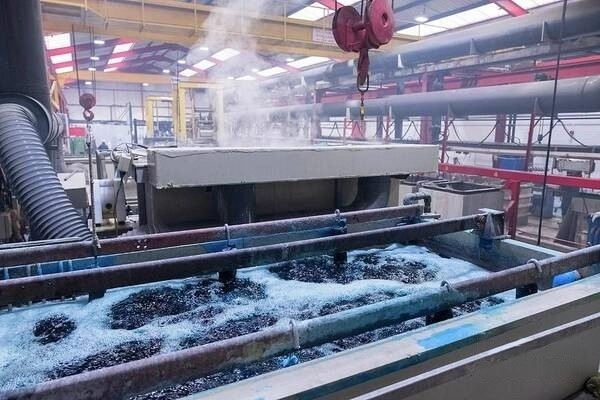
Electroless nickel plating bath
Next, immerse the part into a prepared nickel bath that contains reducing agents, buffers, and additional chemicals. Reducing agents react with the activated surface and deposit the nickel ions from the solution. Meanwhile, the thickness can be controlled by adjusting the ions concentration in solution and temperature.
Step 3: Post-Treatment
The post-treatment process includes heat treatment, surface smoothing, aesthetic painting, etc. It depends on what kinds of surface properties you want for end applications.
Try Prolean Now!
Advantages of Nickel Plating Aluminum Parts
Although electroplating vs electroless plating of nickel has some differences, both of these finishes offer corrosion resistance, surface hardness, and aesthetics better than unfinished parts or materials. The electroplated parts are more aesthetically pleasing, whereas electroless provide superior protection against abrasion and scratches.
- Corrosion Resistance: The nickel layer is not oxidized in a humid or moist environment. So, the plating surface protects the underlying parts from corrosion.
- Sacrificial Layer: In harsh conditions protective nickel layer degrades itself and protects the underlying aluminum.
- Increased Surface Hardness: Especially the thick electroless nickel deposition bonds with aluminum material and that increases the original hardness. It continues to the better wear resistance.
- Aesthetic Finish: Especially nickel electroplating is used to provide a lustrous finish to aluminum parts.
- Dimensional Accuracy: The thickness of nickel plating aluminum is in microns and it does not affect the dimensional accuracy of the work part significantly. You can also consider the thicker plating at the initial design phase to counter this.
- Uniform and Consistent Finish: A uniform thickness is achievable with both types of techniques. Additionally, the plating results are consistent across the batches.
- Alloy Variations: All types of aluminum alloys can be plated with nickel,1XXX series, 2XXX series, 5XXX series, 6XXX series, and 7XXX series.
- Cost-effective Finish: With both types of nickel plating aluminum methods, a large number of parts can be processed in a single time, which makes it a cost-effective finishing option.
Applications of Nickel Plating Aluminum
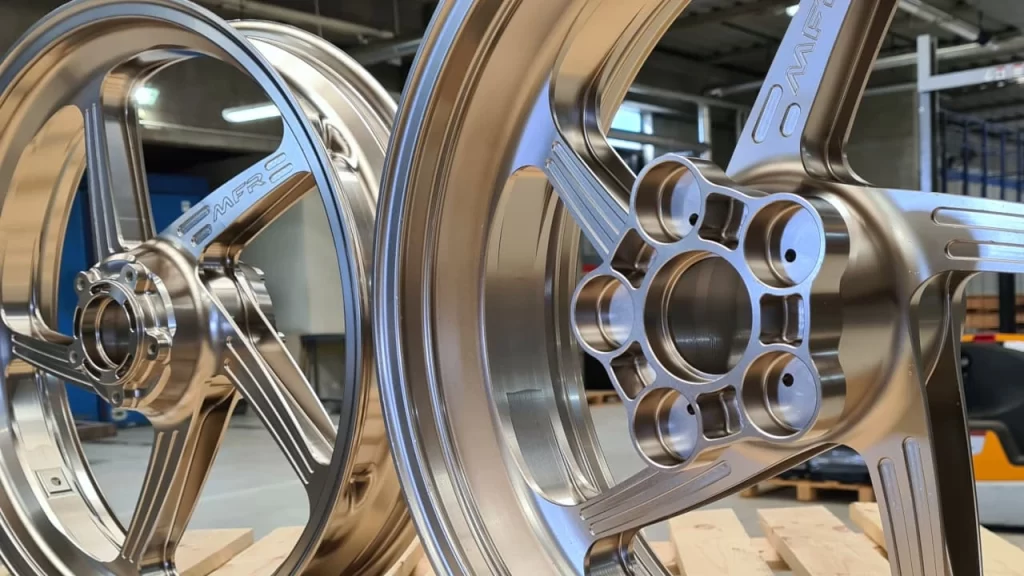
Nickel-plated automotive wheels
Now let’s look at the applications of nickel plating aluminum across the industries;
|
Industry |
Why Nickel Plating? |
Examples |
|
Automotive |
Corrosion resistance. |
Shock absorber rods, piston rings, brake calipers, turbochargers, gearbox housings, etc. |
|
Aerospace |
Protection from wear and high-temperature corrosion. |
Actuator pins, airframe brackets, thruster nozzles, control rods, and rotor shafts. |
|
Electronics |
Increase conductivity and solderability |
Printed circuit boards (PCBs), CPU heat spreaders, sensor housings, and LED chip bases. |
|
Medical |
Biocompatibility and durability |
Scalpels, dental braces, surgical clamps, parts, catheter connectors, and biopsy forceps. |
|
Oil and Gas |
Resists wear and corrosion in pumps, valves, drills, etc. |
Pipeline connectors, valve seats, compressor blades, flange bolts, etc. |
|
Jewelry |
A lustrous, tarnish-resistant finish on decorative items. |
Necklace chains, bracelet clasps, watch cases, cufflinks, pendants, tie clips, etc. |
|
Tooling and Machinery |
Longer life for molds, dies, and other tooling. |
Plastic molds, cutting blades, lathe chucks, gear teeth, precision screws, etc. |
Summing Up
Adding a permanent nickel layer to the aluminum material provides excellent corrosion protection, abrasion resistance, and aesthetic benefits. Electrolytic plating is suitable for decorative items and ornaments, whereas electroless is ideal for high wear resistance. Moreover, careful execution of the plating process is essential to leverage the benefits of this finishing technique.
We have advanced electrolysis setups and electroless plating facilities to finish 50 + materials, including aluminum and its alloys. Our engineers evaluate the requirements and customize the setup to meet them.
Request a quote for our electroplating and electroless nickel plating services today!
FAQs
Why use Nickel Plating Aluminum Parts and Sheets?
Although aluminum offers a high strength-to-weight ratio, conductivity, and other beneficial properties, it has low wear and corrosion resistance. Applying the nickel plating increases the hardness and hardness. It also applies for aesthetic reasons in jewelry and decorative applications.
What is the difference between electro and electroless nickel aluminum?
Electroplating uses electrolysis to add a permanent bond or nickel layer on the part’s surface, whereas the electroless method uses a series of chemical reactions to deposit a uniform coverage of nickel.
Is it expensive to plate nickel on other materials?
Nickel plating is relatively more expensive than other simple finishes like powder coating and painting. But, its durability and aesthetic justify the slightly high prices and the exact price depends on factors like the method used, surface preparation, and desired coating thickness.

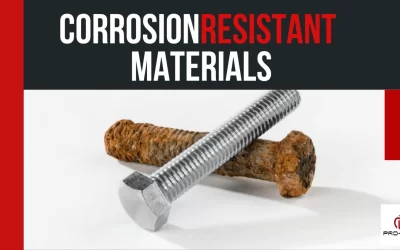

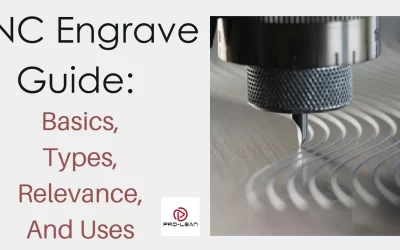
0 Comments